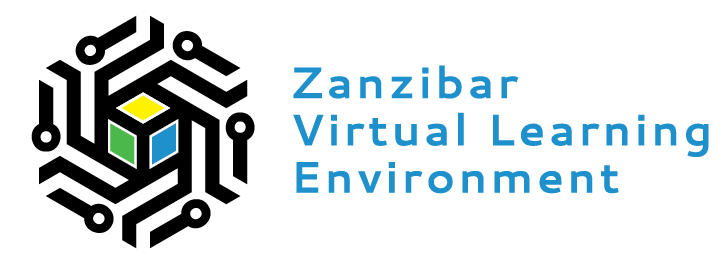More details
Outcomes
In this course you will learn about:
- Expanding brackets.
- Factorising by grouping.
- Factorising by finding the difference of two squares.
- Factorising trinomials.
- Simplifying algebraic fractions
More details
This video explains the angles of elevation and depression.
More details
Applying Newton's first law to answer some true/false statements about why objects move (or not).
More details
Solving a word problem to find average velocity and speed of an object in one-dimension.
More details
Patterns and processes of evolution. How evolution and natural selection are reflected in the similarities and differences of organisms.
More details
In this unit you will apply your understanding of the components of motion in one dimension using linear equations. This will help you to solve problems about motion in one direction and equip you to understand how these concepts apply to everyday life.
There are three equations for linear motion with constant acceleration. They can be used to calculate, and therefore predict, the outcome of motion when three out of the four variables are known.
More details
- Explain basic electricity relationships in series and parallel circuits.
- Use an ammeter and voltmeter to take readings in circuits.
- Provide reasoning to explain the measurements and relationships in circuits.
- Build circuits from schematic drawings.
- Determine if common objects are conductors or insulators.
- Compare and contrast AC and DC circuits.
- Describe how capacitors and inductors behave in a circuit.
- Experimentally determine the RC time constant.
- Construct RLC circuits and determine the conditions for resonance.
More details
- Explore basic electricity relationships.
- Explain basic electricity relationships in series and parallel circuits.
- Use an ammeter and voltmeter to take readings in circuits.
- Provide reasoning to explain the measurements and relationships in circuits.
- Build circuits from schematic drawings.
- Determine if common objects are conductors or insulators.
More details
This video explains about coefficient, constant, variable and exponents. Useful for introductions to the topic and/or extension work.


